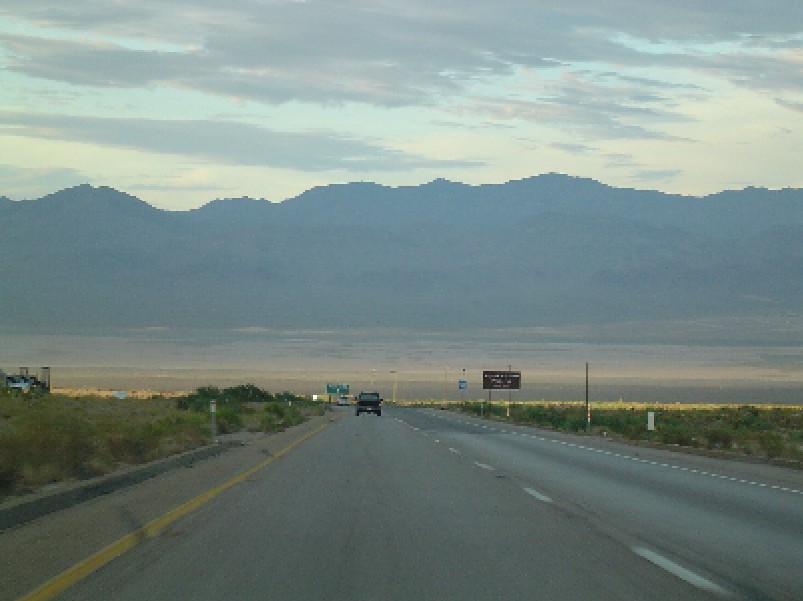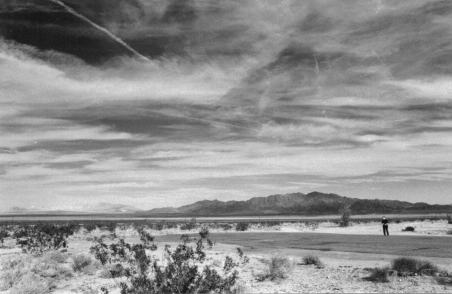Land Use, Eminent Domain, and Constructive Takings
May 16th, 2005
Bruce Moreland had a comment recently:
I am concerned about the use of unfunded eminent domain, by which I mean the situation when a city zones land for a use that essentially locks the landowner out of using their land as they might want. In particular, although I am very proud of the Dundas-Bridgewater Annexation Agreement and the fact that it identifies and protects bluffs, I also have to reconcile that with the fact that we have effectively taken the land from the landowner since they can no longer develop that land.
It looks to me like what he describes as “unfunded eminent domain” is a constructive taking, where the government in this case makes a land use determination that prohibits many uses (any use?) of the land by the landowner. Can the landowner use it at all? How are landowners compensated for this? They’re not. Hmmmmmm… sounds like a problem to me.
FYI – eminent domain is used to take land for public use, emphasis on use of some sort or another. This Bridgewater example sounds like a conservation easement of sorts.

Here’s some food for thought from today’s STrib on-line:
Developers eye Mojave land
In my past life in a Petercar, I spent a lot of bleary-eyed Sunday nights and Monday mornings in the Mojave desert, roaring down Cajon to deliver in the wee hours, loaded out and back up the hill Tuesday afternoon, and I grew to appreciate its subtle and fragile beauty.

Back to Minnesota, I have problems with the Dundas-Bridgewater agreement because it’s just too much, too big, it welcomes pressures to develop beyond what the infrastructure, and ultimately the land itself, can support. I’ll see if it’s on-line, I have a hard copy — everyone should take a look at the wastewater agreement between Dundas and Northfield, because under that agreement, Dundas cannot provide sewer services to this big of an area with this large anticipated use. Another problem… they should have negotiated this prior to the annexation.
Question for the Truth Squad: I heard a rumor that Rice County has asked Northfield to bring sewer out to the County 1 and County 46 intersection! Like the corporate welfare that Owatonna gave to Cabela’s! Is this true? What did the City have to say?
May 17th, 2005 at 8:15 am
At my blog
(http://nfld.us/blogs/morlan/archives/001128.html) you will see that, as a member of the Dundas-Bridgewater Planning Commission, I am building the sort of decision support system that will explore quantitatively the issues you raise here in a qualitative manner. If I get supporting data, I will be able to actually address capacity, costs and other measureables. At the Planning Commission meeting where I rolled this out, I (rhetorically) asked if there were any politicians in the room who would be willing and able to vote against growth if the decision analysis showed it to be a bad choice.
Back to the issue of “constructive taking”. The term seems to be one of those euphamisms that hides the real nature of the act. My term, “unfunded eminent domain”, tries to out the fact that the landowner is not compensated, or is undercompensated for the property they give up. Ask Crazy Horse how well underfunded/unfunded eminent domain worked for him.
May 17th, 2005 at 9:53 pm
I’m a fan of “constructive taking” as the phrase, both because it is the legal term of art for it, and because it’s pretty self-explanatory: For all intents and purposes they done took it! And if that happens, there’s a legal remedy.
I’m embroiled in eminent domain issues both in transmission line cases and at the legislature, and there is a shift in thinking. The notion of public purpose, the basis for the taking, is becoming more narrow to the public, but it’s yet to take hold legally. But this is the first year we’ve been able to get a bill introduced to alter the easement payment scheme to an annual royalty payment. Maybe about 10 years from now, we’ll get it through.